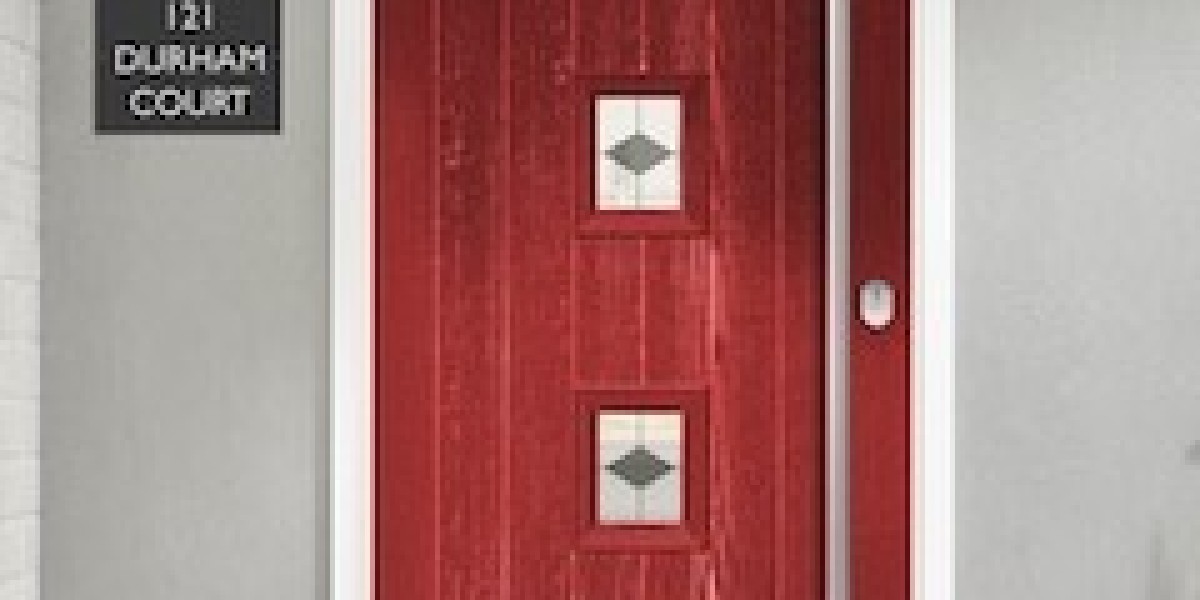The Ultimate Guide to Cat Flap Fitting: A Comprehensive Overview
As any cat owner can confirm, supplying a safe and convenient method for your feline pal to get in and leave your house is necessary. One popular option is a cat flap, a little door set up in a wall or door that enables your cat to come and go as it pleases. However, fitting a cat flap needs cautious factor to consider and planning to make sure that it is safe, safe and secure, and reliable. In this article, we will explore the world of cat flap fitting, exploring the different types of cat flaps, the advantages and disadvantages of each, and supplying a step-by-step guide on how to install a cat flap in your home.
Kinds Of Cat Flaps

There are numerous kinds of cat flaps offered on the marketplace, each with its special functions and advantages. Some of the most popular types of cat flaps consist of:
- Manual Cat Flaps: These are one of the most standard kind of cat flap and require your free cat flap installation quote to press the flap open with its head or paw.
- Magnetic Cat Flaps: These cat flaps use a magnetic closure to keep the flap shut, offering included security and decreasing drafts.
- Electronic Cat Flaps: These state-of-the-art cat flaps utilize sensors and motors to open and close the flap, supplying maximum convenience and security.
- Insulated Cat Flaps: These cat flaps are designed to minimize heat loss and keep your home warm, making them perfect for chillier environments.
Advantages of Cat Flaps
Cat flaps use several advantages to both cats and their owners, consisting of:
- Convenience: Cat flaps permit your cat to come and go as it pleases, minimizing the requirement for constant door opening and closing.
- Security: Cat flaps provide a safe and protected method for your cat to get in and leave your home, lowering the threat of injury or escape.
- Energy Efficiency: Insulated cat flaps can help in reducing heat loss and keep your home warm, making them an economical solution.
- Minimized Stress: Cat flaps can assist reduce tension and stress and anxiety in cats, offering them with a sense of liberty and self-reliance.
Disadvantages of Cat Flaps
While cat flaps use a number of benefits, there are also some prospective disadvantages to consider, consisting of:
- Security Risks: If not installed properly, cat flaps can pose a security danger, permitting unwanted animals or intruders to enter your home.
- Drafts: If not insulated correctly, cat flaps can develop drafts, decreasing the energy effectiveness of your home.
- Maintenance: Cat flaps need regular maintenance to guarantee they remain tidy and practical.
How to Install a Cat Flap
Installing a cat flap is a reasonably straightforward process, but it does need some planning and preparation. Here is a step-by-step guide on how to set up a cat flap:
- Choose the Right Location: The place of your cat flap is important, as it needs to be accessible to your cat and supply a safe and safe entry and exit point. Consider the height and place of the cat flap, along with the surrounding location.
- Step the Opening: Measure the opening where you plan to set up the cat flap, taking into account the size of the flap and any surrounding blockages.
- Cut the Opening: Use a saw or drill to cut the opening for the cat flap, ensuring it is level and protect.
- Set up the Frame: Install the frame of the cat flap, using screws or nails to secure it in location.
- Add the Flap: Add the flap to the frame, making sure it is safely connected and functions properly.
- Add Any Additional Features: Add any extra features, such as sensing units or motors, according to the maker's instructions.
- Check the Cat Flap: Test the cat flap to ensure it is working properly and firmly.
Tips and Tricks
Here are some tips and tricks to keep in mind when installing a cat flap:
- Use a level: Make sure the cat flap is level and secure to prevent any concerns with the flap opening and closing.
- Add insulation: Add insulation around the cat flap to reduce drafts and keep your home warm.
- Think about the size: Consider the size of your cat when selecting a cat flap, as bigger cats may need a larger flap.
Regularly Asked Questions
Here are some frequently asked questions about cat flaps:
Q: What is the best type of cat flap for my home?A: The best kind of cat flap for your home will depend upon your particular requirements and scenarios. Consider aspects such as security, energy efficiency, and benefit when picking a cat flap.
Q: How do I keep my cat flap clean?A: To keep your cat flap tidy, regularly clean it down with a damp fabric and vacuum any particles or dirt.
Q: Can I install a cat flap myself?A: Yes, you can install a cat flap yourself, however it might need some DIY abilities and knowledge. If you are not sure or uncomfortable installing a cat flap, think about consulting a professional.

Conclusion
In conclusion, cat flaps are a convenient and safe way to offer your feline friend with access to the outdoors. With the right kind of cat flap and proper installation, you can take pleasure in the benefits of a cat flap while reducing the drawbacks. By following the tips and techniques detailed in this article, you can make sure a safe and secure installation that meets the needs of both you and your cat.
Additional Resources
- Cat Flap Installation Guide: An extensive guide to setting up a cat flap, including detailed directions and diagrams.
- Cat Flap Maintenance Tips: A list of tips and techniques for preserving your cat flap, including cleaning and repair guidance.
- Cat Flap Buying Guide: A guide to selecting the best cat flap for your home, consisting of factors to consider such as security, energy performance, and convenience.







